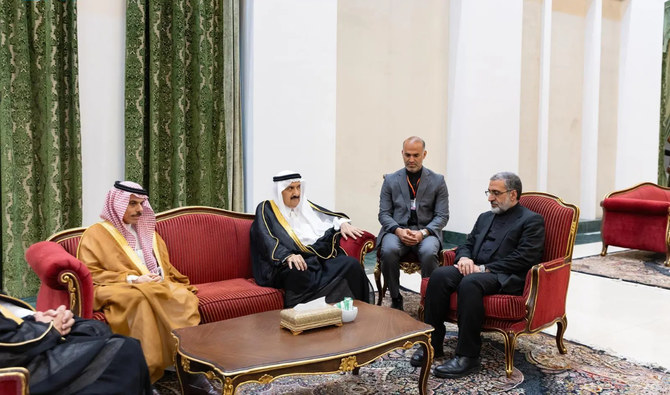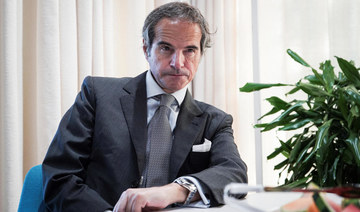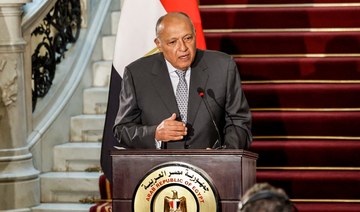MAKKAH: Hundreds of thousands of pilgrims used the Mashaer metro system to travel from Mina to Arafat on Saturday, as they began the most important day of the Hajj pilgrimage.
The metro system consists of nine stations located across the holy sites, connected by an 18-kilometer double-track railway, and is capable of accommodating 72,000 passengers per hour in one direction. The journey from Mina to Arafat takes just 20 minutes, with the train traveling at 80 km per hour, according to a report by the Saudi Press Agency.
There are 17 trains in the Mashaer metro fleet, each capable of carrying 3,000 passengers. The eco-friendly electric trains significantly reduce traffic congestion and carbon emissions by replacing approximately 50,000 passenger buses during the Hajj season.
The trains are managed the Facilities Security Forces, under the supervision of the Ministry of Interior.
Khalil Hasan, an Egyptian pilgrim, said he is performing Hajj for the second time.
“The first time I performed Hajj was nearly 30 years back when I was a schoolteacher in Yanbu. Everything here has unbelievably changed, including the Jamarat Bridge.“Seeing the metro travelling between stations in the holy sites was a wonderful scene that added great glamor to the place and substantial enhancement to the many services provided by the kingdom,” Hasan said.
Previously, he added, he could not have imagined that a pilgrim would be able to reach Arafat from Mina within minutes.
Hasan’s lifelong friend, AbdulTawab, who is accompanying him on the spiritual journey, said that it is his first Hajj experience, and he was amazed by the metro service.
“It is wonderful, and I am grateful to the Kingdom for this metro that has facilitated the movement of pilgrims, especially the elderly, making it easy and comfortable to move from one place to another within the holy places,” he said.































